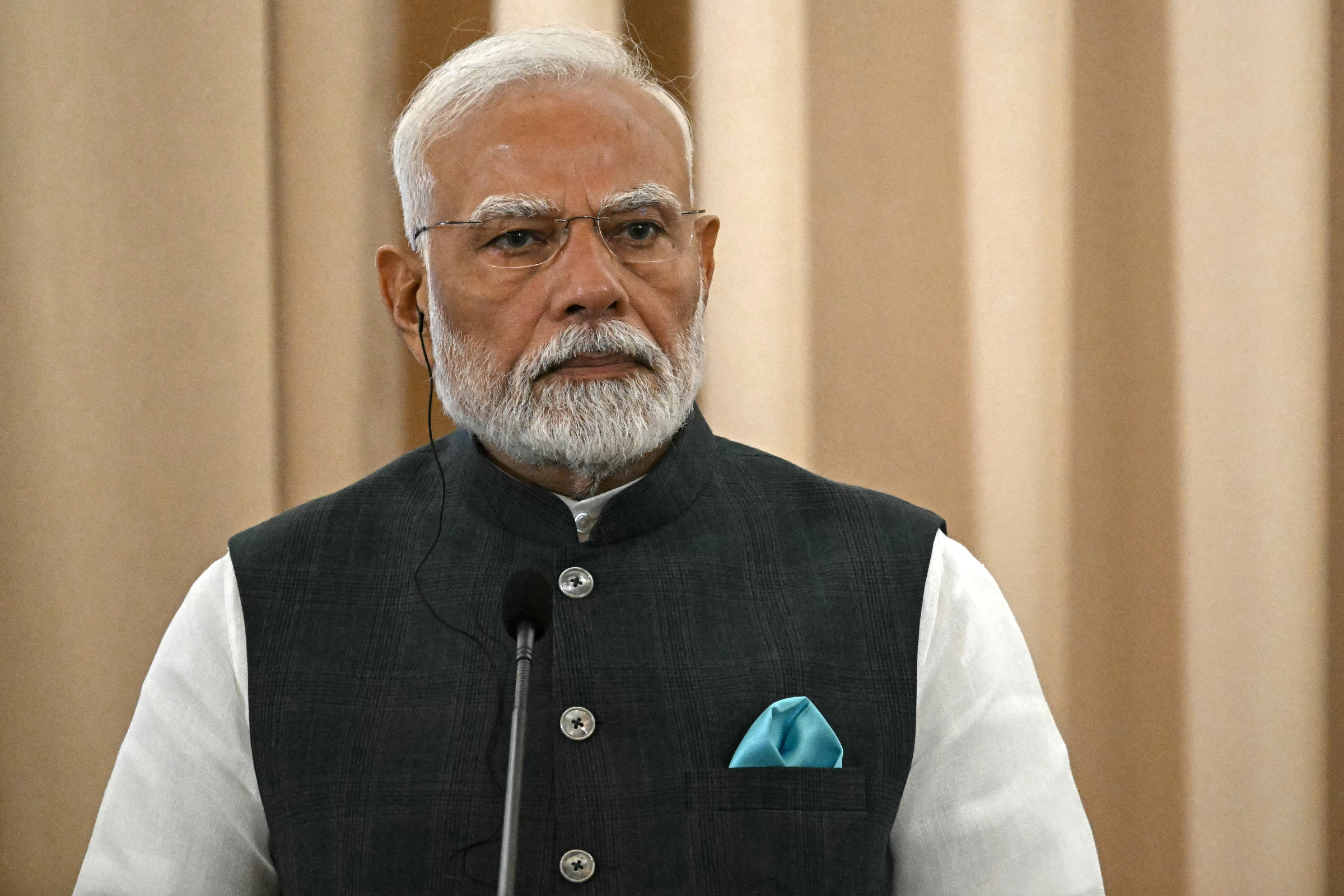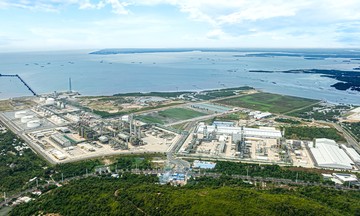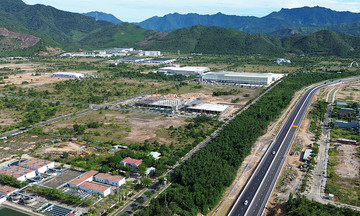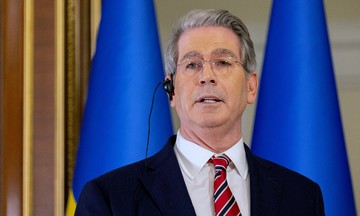On 6/8/2025, former US President Donald Trump decided to impose an additional 25% tariff on imports from India starting 27/8. Thus, products from India entering the US, currently subject to a 25% tariff, will face a total tariff of 50% after three weeks. This is among the highest tariffs the US has imposed on trading partners.
India exported about 87 billion USD worth of goods to the US in the fiscal year ending in March, primarily apparel, pharmaceuticals, gems and jewelry, and petroleum products. If the total 50% tariff is implemented in three weeks, Reuters suggests bilateral trade could stagnate.
India Times estimates that about 80% of the trade volume, equivalent to 64 billion USD in exports to the US, will be affected, leading to a competitive disadvantage in the 300 million-person market.
However, since exports to the world's largest economy only account for about 2% of this South Asian economy's GDP, experts aren't overly concerned. With the 25% tariff taking effect from 7/8, economists predict a "slightly negative" impact on India's growth, due to the country's diversified market.
The low proportion of exports in India's 4,000 billion USD economy will also limit the direct impact on growth to 40 basis points. In its 6/8 meeting, the Reserve Bank of India decided to hold interest rates steady and maintain its economic growth forecast for the current fiscal year (from 4/2025 to 3/2026) at 6.5%, despite the tariff disadvantage.
 |
Indian Prime Minister Narendra Modi in Bangkok, Thailand on 3/4. Photo: AFP |
Indian Prime Minister Narendra Modi in Bangkok, Thailand on 3/4. Photo: AFP
Brian Jacobsen, chief economist at Annex Wealth Management, believes that the additional 25% tariff, bringing the total to 50%, "is more symbolic than substantial."
"This tariff won't take effect for another 21 days. That's a long enough time to make adjustments," he said.
The impact of the tariffs will also be uneven. UBS Bank estimates that 8 billion USD worth of the most vulnerable exports include gems and jewelry, apparel, textiles, and chemicals. "We believe these items are more susceptible to US tariffs and may receive some government support," said UBS economist Tanvee Gupta Jain.
New Delhi also exports steel and aluminum to Washington, but these are subject to a separate 50% tariff under a different executive order. On CNBC, analysts suggest that the country's pharmaceutical and semiconductor exports are also likely to be exempt. President Trump recently announced a 100% tariff on imported semiconductors but exempted companies that are currently manufacturing or have committed to manufacturing in the US. With significant manufacturing operations in India, Apple is expected to be unaffected.
Investors in Indian stocks are also somewhat shielded from the tariff impact. The country's benchmark Nifty 50 index "has about 9% direct exposure to the US, largely concentrated in information technology services," according to Societe Generale equity strategist Rajat Agarwal.
Meanwhile, information technology services are not subject to the tariffs. "The impact of the tariffs on stocks will mainly be through a weaker Indian rupee and currency fluctuations, putting pressure on foreign capital flows in the coming period," Agarwal said.
India has a few options for responding to the tariffs, starting with continued negotiations to seek an agreement. The country was once expected to be among the first to sign a trade deal with Trump. However, negotiations failed after five rounds due to disagreements over opening India's agricultural and dairy sectors and halting purchases of Russian oil.
On 7/8, Prime Minister Narendra Modi didn't mention the tariffs but declared his willingness to "pay a heavy price" for not compromising on the welfare of the country's farmers, dairy industry, and fishermen. However, New Delhi officials are willing to reduce tariffs on some US goods like almonds and cheese.
Concurrently, the country may consider reducing its purchase of Russian oil, the reason for Trump's additional 25% tariff. India, the world's third-largest oil importer and consumer, is currently purchasing over a portion of its supply from Russia. Last month, state-owned refineries such as Indian Oil, Hindustan Petroleum, Bharat Petroleum, and Mangalore Refinery Petrochemical stopped further purchases of Russian oil due to reduced discounts and increasing pressure from Trump.
Besides mending relations with the US, New Delhi is promoting closer ties with developing economies, the African Union, and the BRICS bloc. India and Brazil are two founding members of BRICS, both facing a 50% US import tariff.
Brazilian President Luiz Inacio Lula da Silva, the BRICS chair, said he would call Modi, Chinese President Xi Jinping, and other leaders to discuss the bloc's response to the US tariffs.
India has already made some moves with Russia and China. On 5/8, Russia said the two countries discussed further strengthening defense cooperation "in the form of a particularly privileged strategic partnership."
In the coming weeks, Modi is expected to visit China for the first time since 2018 to attend a regional security summit. The event could see a meeting between Modi, Russian President Putin, and Chinese President Xi Jinping.
Phien An (Reuters, CNBC, India Times)












